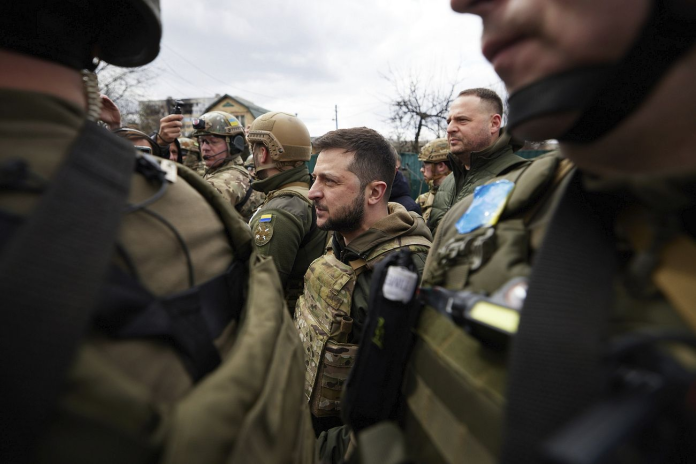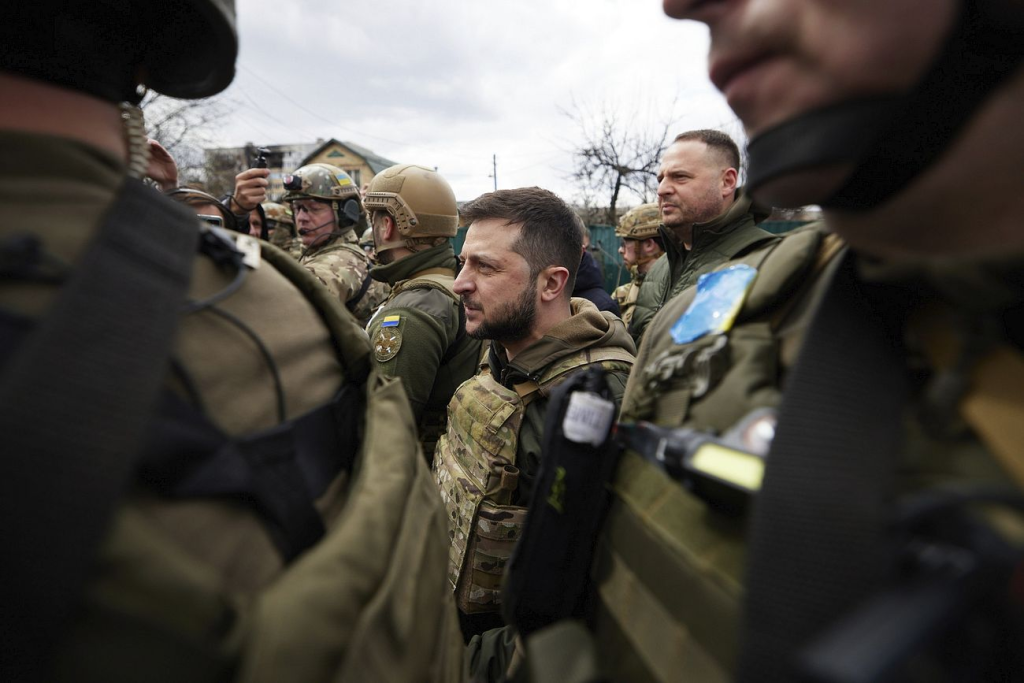
Early dawn morning, the Ukrainian skies were filled with the whirring of engines thousands of drones and dozens of missiles cutting through the chill of air to power plants, gas storage sites, and substations. Eight regions were blacked out at dawn, rescue teams were evading follow-up attacks, and President Volodymyr Zelenskyy was on his way to Washington, determined to obtain the type of weaponry that could respond back deep within Russia.
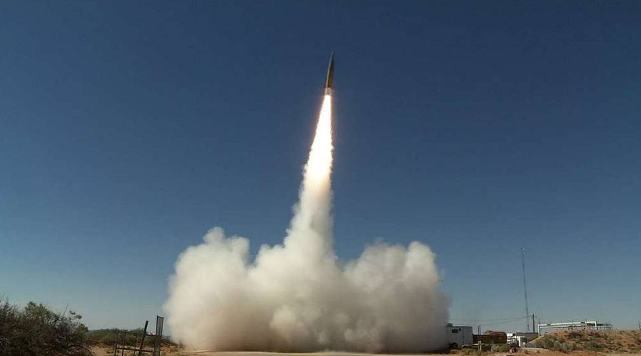
1. A Coordinated Firepower Strike
More than 300 attack drones and 37 missiles were fired by Russian forces in one night, a scale with which military analysts say is typical of a “firepower strike” a coordinated barrage of cruise missiles, ballistic missiles, and unmanned aerial vehicles designed to overwhelm defenses. Ukraine’s Air Force intercepted 283 drones and five missiles, but the majority laid waste to energy infrastructure, including Kharkiv region’s Shebelinka gas processing plant. The strategy is a restatement of Russian doctrine for warfare without contact, emphasizing standoff precision strikes to destroy critical systems without direct combat.

2. Weaponizing Winter
This ongoing shelling of the grid is just part of what Kyiv refers to as Russia’s war effort of “weaponizing winter.” By knocking out electricity and gas production Naftogaz estimates 60 percent of regional gas production was shut down in recent attacks Moscow is seeking to drain civilian morale and put pressure on repair crews. The engineering task is daunting substations have to be reconstructed with duplicated switching capacity, transformers in hardened shelters, and transmission cables routed around single points of failure. Such redundancy protection, common in NATO infrastructure, is being improvised under fire in Ukraine.

3. The Long Reach of the Tomahawk
Starting on Zelenskyy’s Washington to-do list is the U.S.-manufactured Tomahawk cruise missile. With a 1,600-kilometer range and GPS and terrain-contour-matching guided delivery, Tomahawks could put Moscow and other strategic Russian targets within striking range of Ukraine. They have a 450-kilogram warhead and can be fired from land, sea, or conceivably modified ground platforms. The Institute for the Study of War has contended that to provide them with it would “echo Russia’s own use of long-range cruise missiles against Ukraine” and not escalate tension.

4. Creating an Integrated Air Shield
Multi-layer air defense is the foundation of Ukraine’s defense short-range systems such as Stingers and Avengers, medium-range NASAMS, and long-range interceptors such as the Patriot PAC-3 MSE. Patriots, with active seekers and hit-to-kill interceptors, are able to intercept ballistic missiles at more than 20 kilometers altitude. Lockheed Martin increased production of PAC-3 MSE from 300 to 500 missiles per year, to 650 by 2027, to fulfill Ukrainian and allied requests. Kyiv states it will require at least seven additional Patriot batteries to protect major cities.

5. Retaliatory Strikes on Russian Energy Assets
Ukraine has countered Russian grid attacks with air strikes on oil refineries, such as the Saratov refinery, 300 miles from the border. These actions are designed to jam fuel supplies to Russian troops and shake loose export revenues. Long-range drones some manufactured locally are at the heart of these efforts. Ukraine’s attempt to co-produce drones with US companies such as Bell Textron represents a strategic move towards domestically manufacturing unmanned systems.

6. U.S. Defense Industrial Base Mobilization
Congress appropriated $174.2 billion for operations related to Ukraine since 2022, including $31.8 billion under the Ukraine Security Assistance Initiative for procurement of new weapons. The US military-industrial complex has increased production of 155 mm cannon rounds from 14,400 per month in early 2022 to 40,000, and aims for 100,000 by the end of 2025. Plants such as the Scranton Army Ammunition Plant and new Universal Artillery Projectile Lines in Texas are all part of a $2.7 billion expansion to satisfy Ukrainian needs.
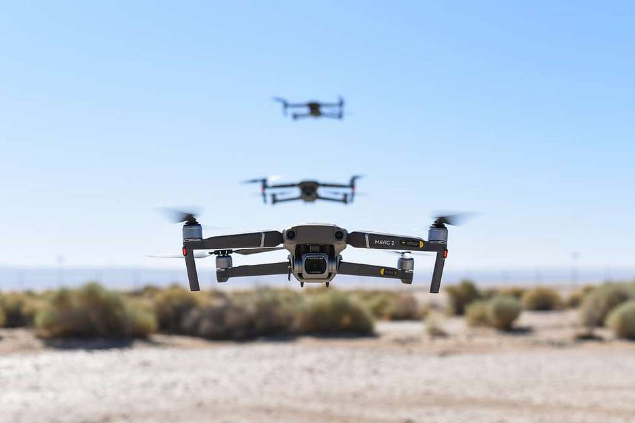
7. Drone Warfare’s Expanding Role
Uncrewed aerial vehicles are a key part of Ukrainian offense and defense. The United States has provided nine different models ranging from reconnaissance systems like the ScanEagle to one-way attack drones like the Phoenix Ghost and Switchblade. Aevex Aerospace’s new Tampa facility can manufacture as many as 1,000 Phoenix Ghost drones per month, which defines the industrialization of aerial conflict. The systems provide economical precision strike against high-value targets, complementing manned aircraft and missile systems.
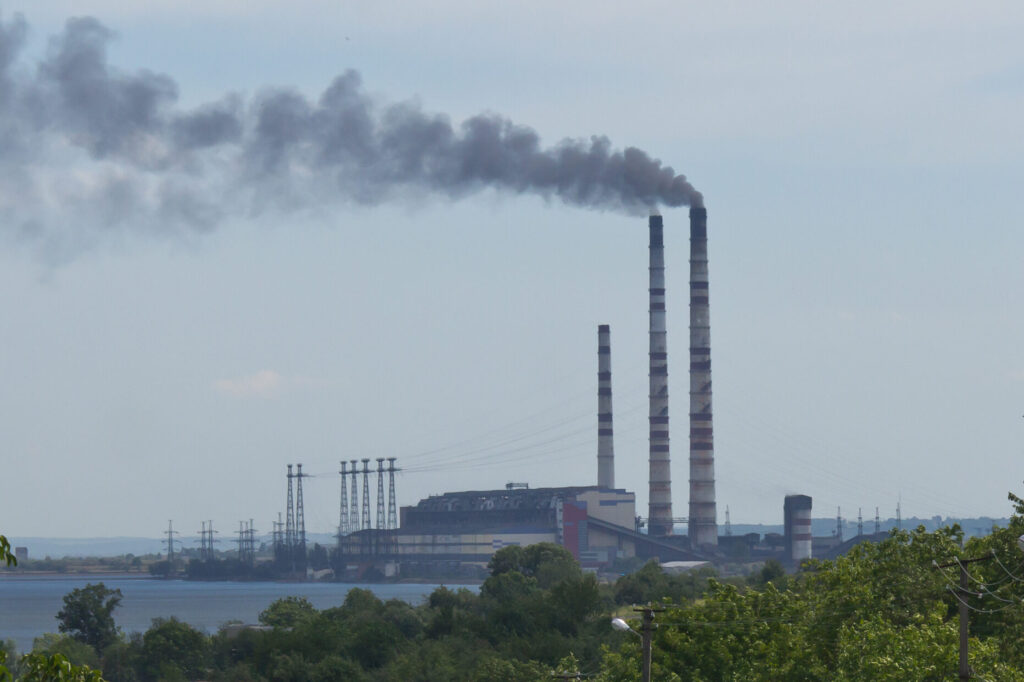
8. Energy Security as a Regional Issue
Sabotage of Ukrainian gas infrastructure has ripple effects throughout Europe. From February through September, Ukraine bought almost five billion cubic meters of gas from European inventories, which stimulated prices in the region. Transmission bottlenecks in Slovakia and Romania, resulting from excessive export tariffs and export bans, constrain Ukraine’s capacity to compensate for losses on home ground. The grid’s engineering resilience in Ukraine can be undermined by geopolitical torpor unless policy responses are made in Brussels and neighboring capitals.

As Zelenskyy sets out to travel and meet Trump, warfront and negotiating table both are bound by the same math the extent, accuracy, and intensity of Ukraine’s defenses will dictate next winter’s forecast as well as terms of any final peace.
